How Water Affects Our Plants
Rain, Rain, Go Away? How Water Affects Our Plants
About seventy percent of the Earth’s surface is covered in water. Water exists as mists and vapors in the air, as well as moisture within the soil. Water is all around us, and we know that water is essential for survival for living creatures! Still, is there ever a time when water is a bad thing? Can you have too much water? Let’s explore some of the benefits of water in our trees and shrubs, as well as what can happen when they get a little too much moisture.
All The Good Water Does
For trees and shrubs, water aids in the transportation of vital nutrients and sugar, as well as oxygen production. Plants use a process known as photosynthesis to “eat” in which carbon dioxide and water are taken in, and by using energy from the sun, oxygen is released–great news for us!
When giving your trees and shrubs water, it’s important to remember they need deep watering at the roots to help grow and prevent stress during a drought. Standard irrigation systems typically focus on watering the top layer of soil; if a tree is near any hard surfaces, evaporation may reduce how much water is retained. Not only that but if water does not penetrate the root zone, it won’t be beneficial to the plant’s health long-term.
Issues From Overwatering
There are only a few instances when too much water is a bad thing. During rain storms with heavy winds, tree limbs (or sometimes entire trees!) can break off and damage the surrounding area. Also, if trees and shrubs get an overabundance of water, they can “drown,” as tree roots need oxygen to survive. Too much water may also cause root rot, a disease that causes plant roots to decay. Ensuring your trees and shrubs are getting the right amount of water is vital, as too much or too little can have adverse effects on their health!
In the Urban Environment in which we live, trees rarely have soil rich with nutrients available; in fact, most urban soil has a higher density level, leaving our trees and shrubs struggling to get water, air, and beneficial supplements. Worried, your plants aren’t getting the saturation they need to thrive? Give us a call today to speak with your Neighborhood Arborist about Nutrient Applications, Soil Decompaction, Tree Growth Regulator, and proper Mulching to ensure your trees are as healthy as possible.


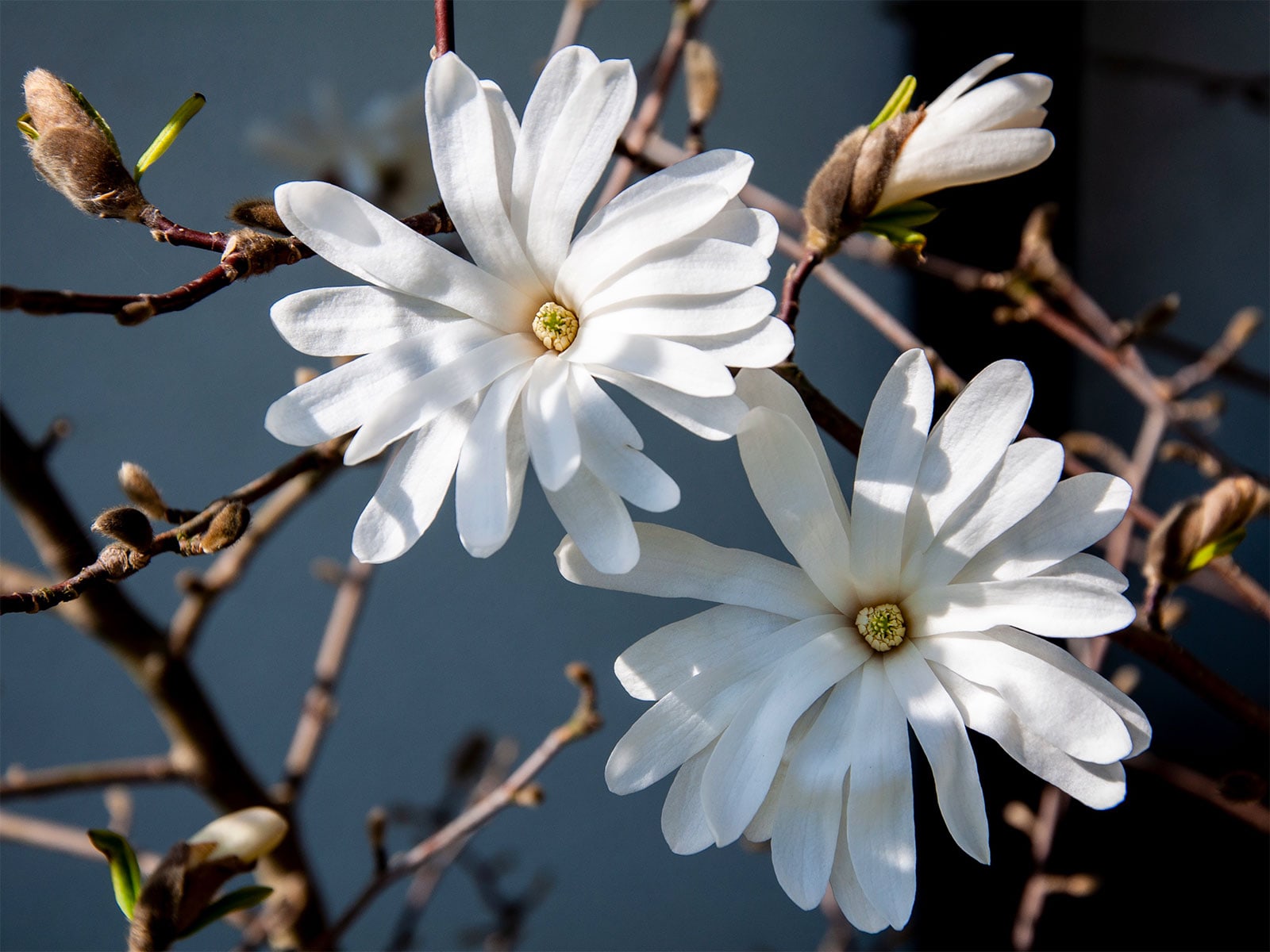
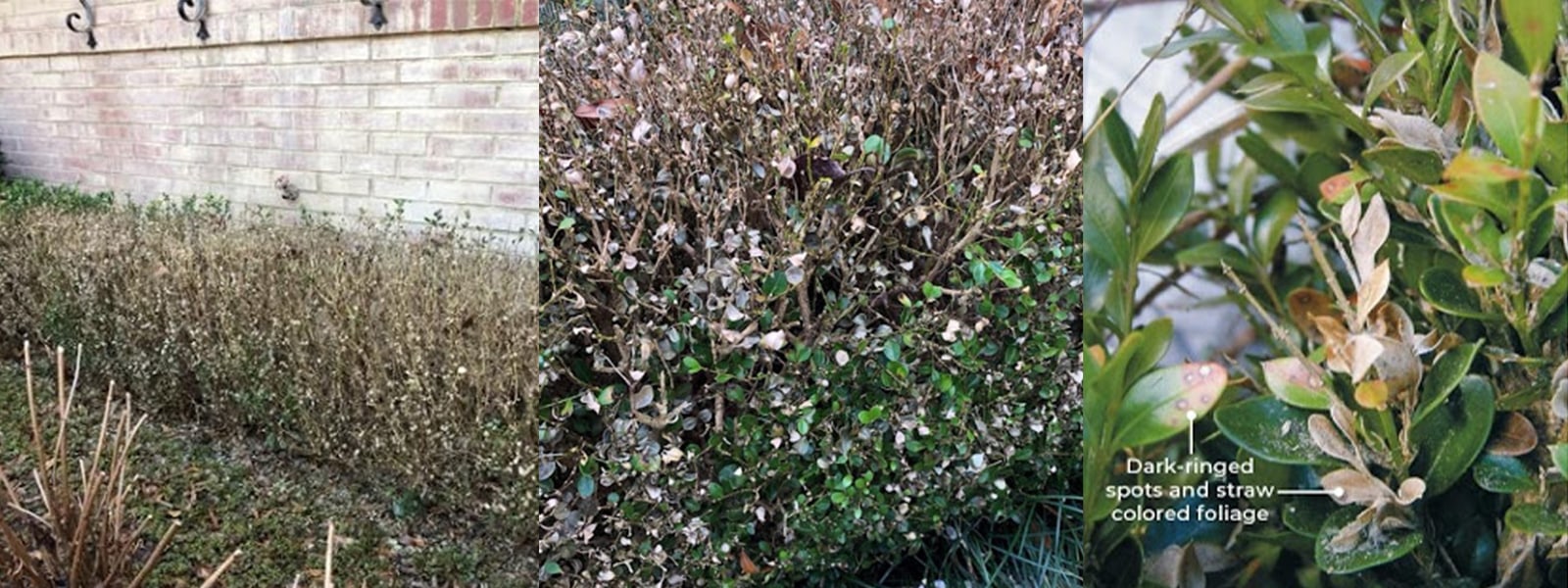
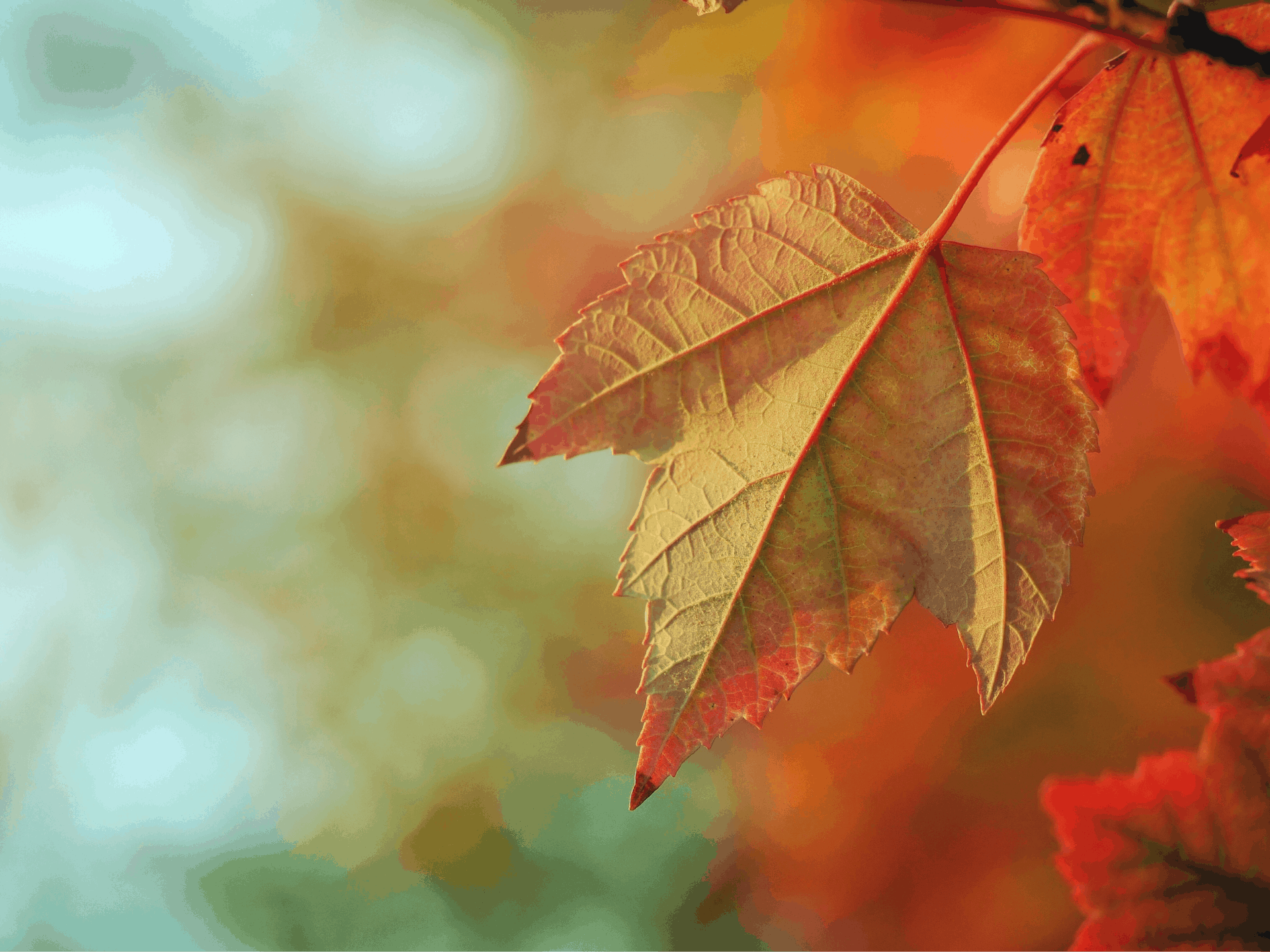
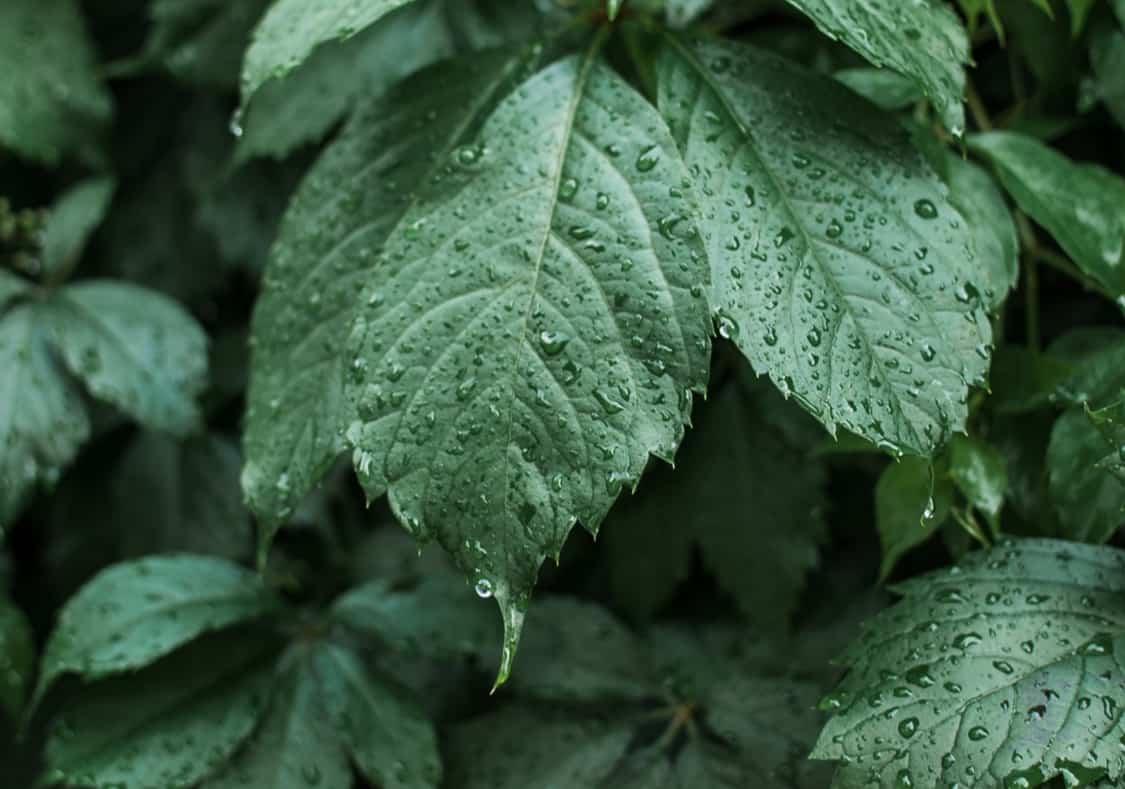


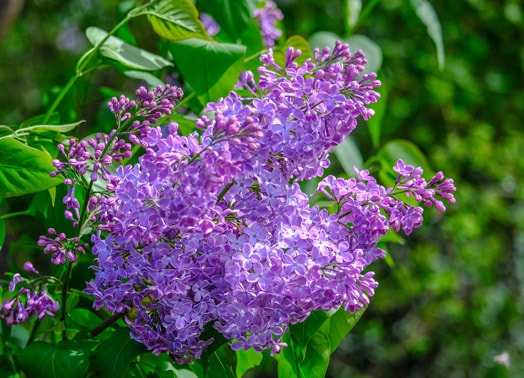 Lilac Shrub Pruning
Lilac Shrub Pruning



